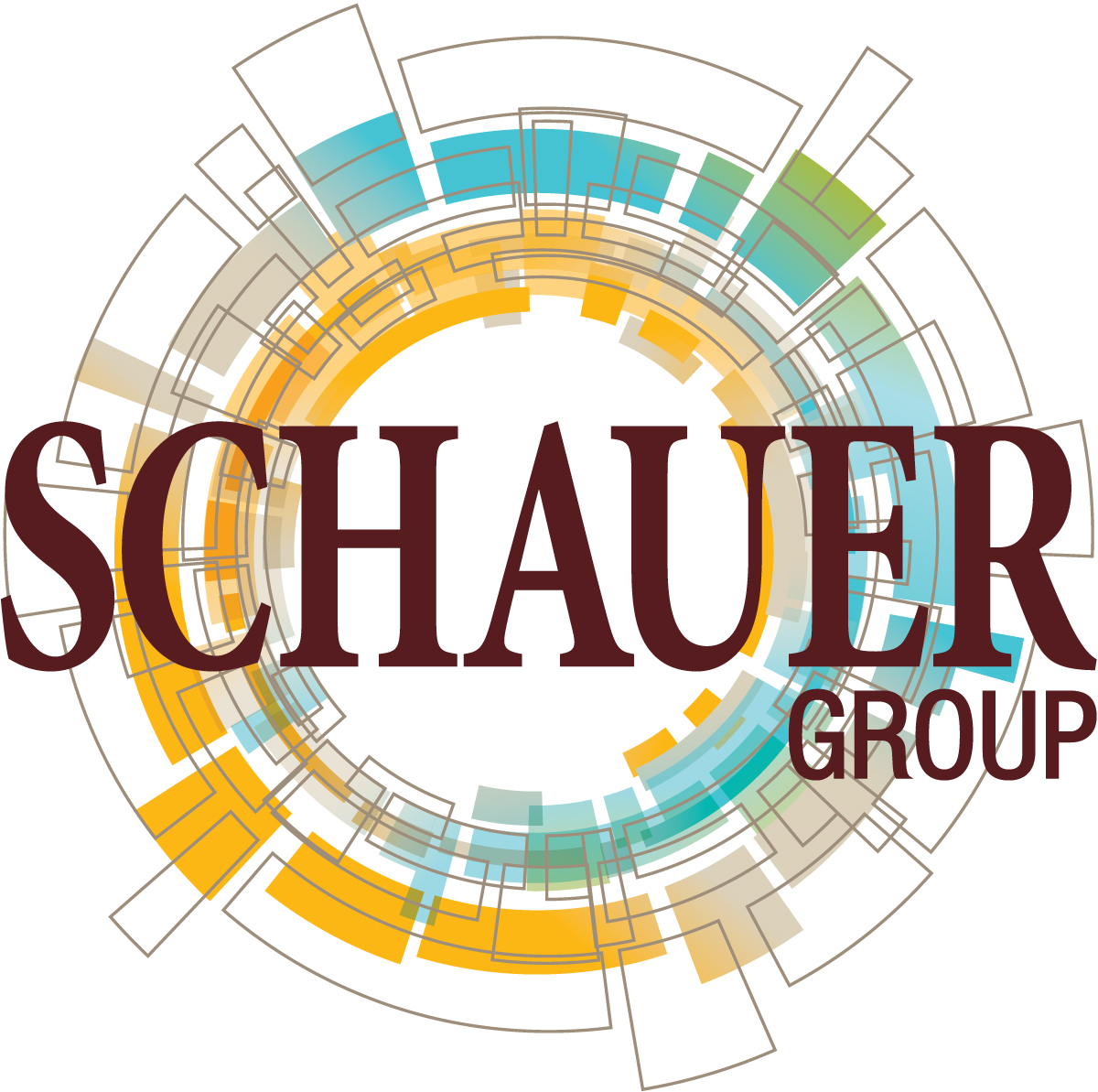As you prepare for the upcoming open enrollment and renewal period, the employee benefits team at Schauer Group is here to help.
We know the process can be complicated, and we’ve got resources from our team of benefits experts that are designed to help you successfully navigate your renewal:
- A checklist to encourage employee engagement during open enrollment
- Insights on trends impacting prescription drug pricing
- A glossary that explains common health insurance terms
- Tools to compare the cost of prescriptions and health care services
- Suggestions for containing prescription costs
- Details on benefits that support mental health
If you’d like additional guidance, please reach out to a Schauer Group benefits representative
2024 open enrollment employee engagement checklist
Use this checklist to plan for a successful open enrollment and renewal season – and keep your employees engaged in the process.
Mental health, caregiver benefits grow in popularity
Demand is growing for supplemental health and financial benefits – so much so that by 2026, enrollment in voluntary benefits is expected to be up 20 percent, according to The Council of Insurance Agents and Brokers.
Glossary of common health care terms
For employees: Here’s a glossary of commonly used health insurance terms and an explainer of how deductibles, co-insurance and out-of-pocket limits work.
Trends to watch: GLP-1 drugs, biosimilars, PBM lawsuit
Prescription drugs continue to be a primary driver of employer-sponsored health care costs. Last year, per-employee costs jumped 5.2 percent, and prescriptions remain the fastest-growing plan expense, according to the 2023 National Survey of Employer-Sponsored Health Plans.
Looking for ways to save money on health care costs?
Use an online cost estimator to determine which of your providers and pharmacies offer the most affordable options for your needed services and prescriptions. Learn more about our favorite tools!
Suggestions for employers battling rising pharmacy costs
Prescription drugs account for the largest share of health care premium spending – over hospital costs, emergency room visits, or doctor’s office visits, according to a recent study from national health care association AHIP.







